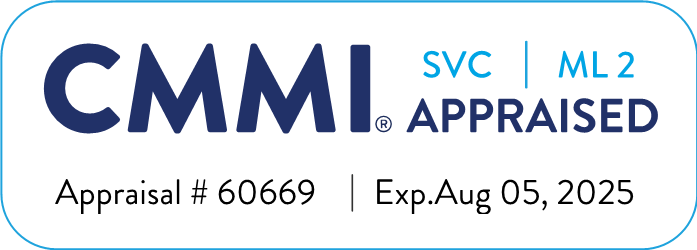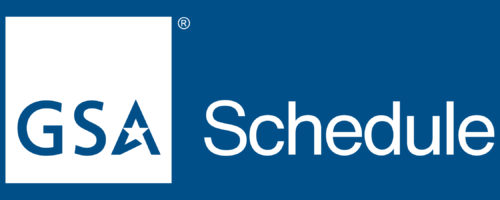Department of Consumer & Regulatory Affairs, Washington, DC

Department of Consumer & Regulatory Affairs, Washington, DC
DCRA is responsible for regulating construction and business activity in the District of Columbia. The agency operates a consolidated permit intake center, and reviews construction documents to ensure compliance with building codes and zoning regulations. Construction activity, buildings and rental housing establishments are inspected and housing code violations are abated, if necessary. To protect consumers, DCRA issues business licenses, professional licenses, registers corporations, inspects weighing and measuring devices used for monetary profit and issues special events permits.
TechGlobal, working through our prime contractor, implemented Accela permitting software for the DCRA, delivering the CPMS using Accela’s Land Management (permitting), Citizen Access (ACA), Accela GIS, and Accela Wireless (now Accela Mobile Office) modules.
The new, Accela-based CPMS is used by DCRA staff across multiple divisions including Accounting, Building, Community Development, Zoning, Business Licensing, GIS, IT/IS, Permitting, and the Clerk/Treasurer’s Office. The system serves approximately:
- 15,000 plan reviews per year
- 43,000 to 49,000 permits per year
- 50,000 inspections per year
- 200,000 complaints and enforcement cases per year
A critical element of the implementation involved the extraction, data cleaning, and migration of data from DCRA’s many legacy data environments to the new, enterprise system. TechGlobal was responsible for analyzing more than 20 legacy databases and working with the client stakeholders to determine what data would be migrated to the new system and performing a range of automated data clean-up procedures on the source data. Legacy data sources included Tax and Revenue data in the mainframe, and a range of application specific data in Access, Excel, Oracle and SQL server. In many cases, the legacy data contained more than ten years of data transactions that needed to be processed. In all, well over 1 million records were cleaned, processed, mapped and migrated to the new system.





